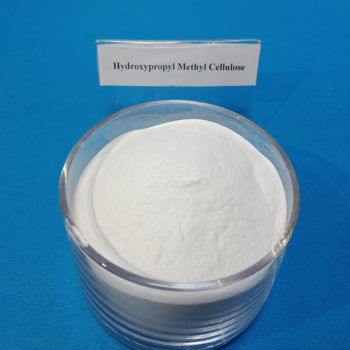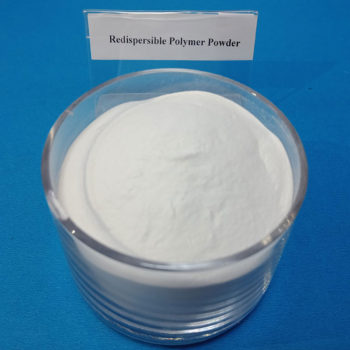China cellulose ether manufacturer
China HPMC factory,have a daily output 150 tons,our products including Hydroxypropyl Methyl Cellulose (HPMC), Redispersible Polymer Powder (RDP) ,which can be widely used in building materials such as dry mix mortar, gypsum based plaster, wall putty, tile adhesive, cement mortar, EIFS, detergent and so on.


What is redispersible polymer powder?
Redispersible Polymer Powder (RDP) is a revolutionary substance making waves in various industries, especially construction and adhesive formulations. In this article, we delve into the intricacies of what redispersible polymer powder is, unraveling its properties, manufacturing process, and diverse applications.
Section 1: Understanding Redispersible Polymer Powder (RDP) Redispersible Polymer Powder, often abbreviated as RDP, is a free-flowing, white powder obtained by spray-drying polymer emulsions. These emulsions typically consist of a combination of synthetic polymers, such as vinyl acetate ethylene (VAE) copolymers, and various additives.
Section 2: Properties of Redispersible Polymer Powder
- Water Redispersibility: One of the key features of RDP is its ability to redisperse in water, forming a stable emulsion. This property is crucial in applications where the powder needs to be reactivated, such as in the production of adhesives or construction materials.
- Film Formation: RPP contributes to the formation of a flexible and durable film when used in coatings or adhesives, enhancing the overall performance and longevity of the end product.
- Adhesion: The adhesive properties of RDP are significant, promoting strong bonding in applications like tile adhesives, grouts, and self-leveling compounds.
- Improved Flexibility and Crack Resistance: RPP enhances the flexibility of materials, reducing the risk of cracks in coatings and construction compounds. This makes it an ideal choice for projects where durability and long-term performance are paramount.
Section 3: Manufacturing Process of Redispersible Polymer Powder The production of RDP involves a meticulous process of emulsion polymerization followed by spray drying. This ensures that the polymer particles are efficiently encapsulated into a powder form, ready for later rehydration. The manufacturing process is designed to yield a powder with excellent redispersibility and performance properties.
Section 4: Applications of Redispersible Polymer Powder
- Tile Adhesives and Grouts: RDP is widely used in the production of tile adhesives and grouts, providing the necessary adhesion, flexibility, and water resistance required for durable tile installations.
- Exterior Insulation and Finish Systems (EIFS): In EIFS, RPP contributes to the flexibility and crack resistance of the finishing coat, enhancing the system's overall performance.
- Cementitious Renders and Mortars: RDP is a key ingredient in cementitious renders and mortars, improving the adhesion and flexibility of these materials in construction applications.
- Self-Leveling Compounds: The addition of RPP enhances the flow properties and adhesion of self-leveling compounds, making them ideal for leveling and smoothing surfaces.
Redispersible Polymer Powder (RDP) is a versatile and indispensable component in various industries. Its unique properties, including water redispersibility, film formation, and adhesion, make it a valuable additive in the formulation of adhesives, coatings, and construction materials. As the demand for high-performance and durable solutions continues to rise, the role of Rdp remains pivotal in shaping the landscape of modern materials and applications.